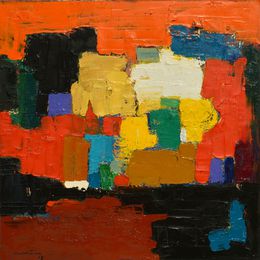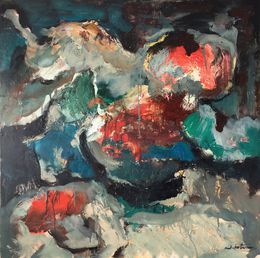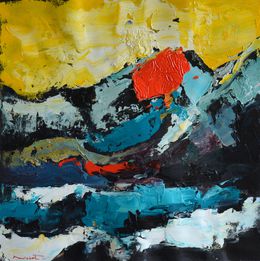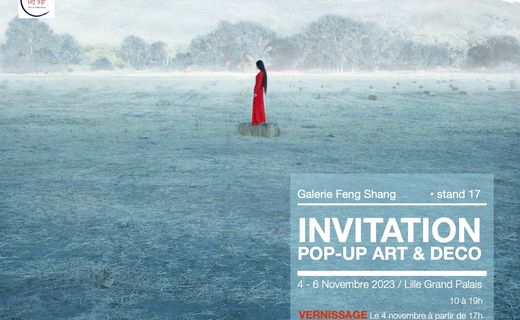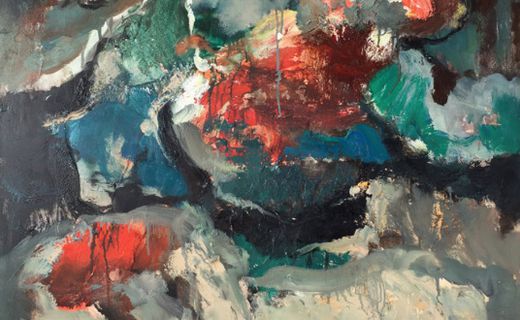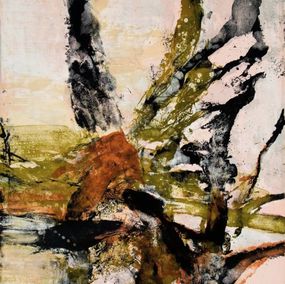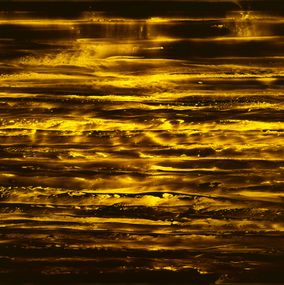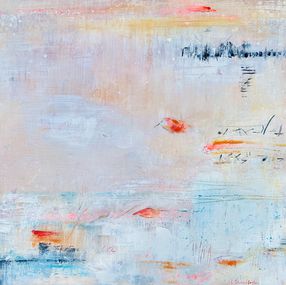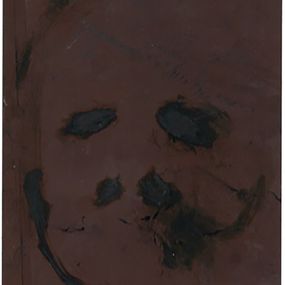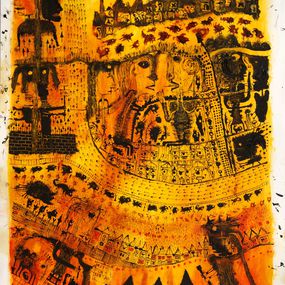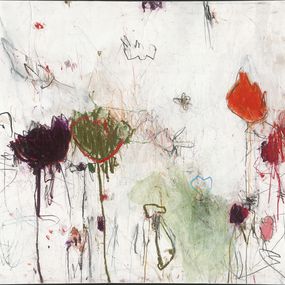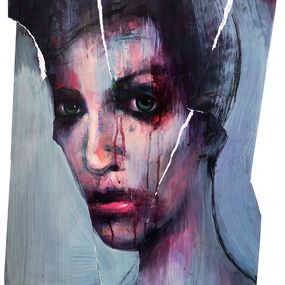
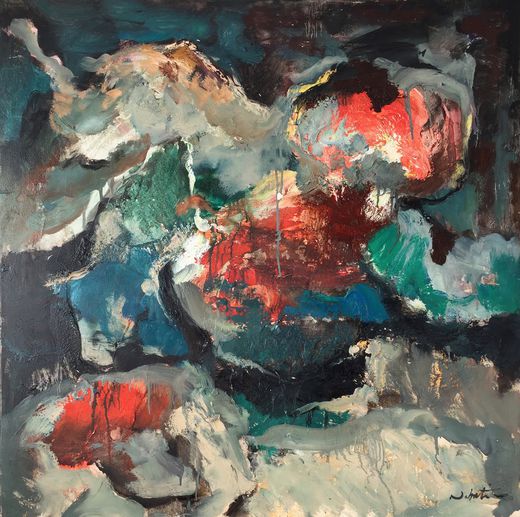
Iran
• 1974
Biography
Shahram Nabati was born in 1974, that is to say five years before the Iranian revolution of 1979; political, social and cultural revolution, event immediately followed by the cataclysm that was the war with Iraq from 1980 to 1988. These are the years of childhood and adolescence of those who want, in the worst conditions, to become an artist; against a family environment tested by the economic slump, in a new socio-cultural system which revisits all the codes which regulated imperial Iran. In catastrophic economic conditions (the war effort deprives Iran of almost everything), in a society which no longer accords to artistic modernity what it had conquered with a hard struggle throughout the twentieth century, the artist Iranian must more or less live in hiding. After four years of cultural revolution that led to the closure of universities, that of many museums and almost all cultural centers and artistic places, Iranian art is devoted, in the public sphere, to the representation of war and to the publicity of the religious revolution. There is no more room in art for the human body, if not in the form of martyred, wounded, destroyed. No more visible place for the female body, forced by the new codes to be hidden from view. Iranian art, in almost all its forms (except perhaps calligraphy) is withdrawing, shrinking, silent. It is under these conditions, which push many Iranian artists to silence or exile, that the young Shahram Nabati decides to follow the teaching of a painting master in discretion (1986-1991) and that through the copy of the old masters he made his first initiation. Even today, after more than two decades, one can read in the safety of his brushstrokes, in his mastery of color, the experience acquired in these hundreds of masterpieces copied in the style of the great masters. the past. The young artist will live for ten years from this production that galleries sell on the private market in Iran and abroad. 2 Shahram Nabati therefore begins, like many, with imitation, with a realistic approach to artistic representation. Not without difficulty, but thanks to the creation of independent Islamic universities, he followed for two years the courses of the faculty of fine arts (1996-8). To practical experience, he joins theory. But, despite the relative relaxation of cultural policy in Iran during the Rafsanjani and Khatami years, Shahram Nabati soon reached the limits of the Iranian cultural system. 3 It is in the representation of the body that Shahram Nabati faces his main artistic and at the same time existential challenge. Stretched between the real which can no longer satisfy it and an abstraction that its socio-cultural environment is unable to understand and accept, the body is the field which naturally imposes itself on the artist as the only possible crossing, the only escape beautiful. But this salutary discovery is also what will propel the artist beyond himself, his country, his culture, on the paths of emigration. From the 2000s, Shahram Nabati will have to relearn how to live as much as to create; learn the codes: linguistic, social, cultural, formal, stylistic… A whole history to reconstruct. This is what he has applied himself to with the energy and courage of despair until today. Even if the work that he has patiently built for fifteen years still remains confidential at the national and international level, it has already been recognized and there is no doubt that it will sooner or later make its appearance among the greats. gallery owners and in international fairs. 4 If it is a characteristic feature of Shahram Nabati's work, it takes shape in gesture and color. It is undoubtedly in the intersection of movement and chromaticism that we must read the message of this work which constantly balances between abstraction and corporeality. Color is not a static phenomenon but, on the contrary, undulatory and vibrant. The colors come and go in the gesture that projects them onto the canvas, in a specific moment in the artist's life, according to very particular “emotions”. It is probably necessary to look very far for the origin of these movements, thousands of kilometers in the East, which it was necessary to travel, physically and mentally from Iran to Europe; mental space that, no doubt, the artist's mind has not stopped traveling in both directions for more than a decade. This movement of color can easily be observed on hundreds of paintings produced since the 2000s. From one exposure to another, the dark colors lighten up or at times darken even more; black gives way to white, yellow and ocher to blue, green and red. A whole chromatic symbolism is set up or moved in the gesture of the arm. And the hand designates the focal point through which the light must pass, where it must escape, how to capture it, follow it so that ultimately the meaning is grasped. Shahram Nabati's art is entirely contained in this gesture, in this outpouring, and this aim
Read more
Nationality
Categories
Artistic movements
Themes
Exhibitions dedicated to Shahram Nabati
Discover the movements linked to Shahram Nabati
Discover similar artists
Discover our selections of works by artists
Need help finding your favorite? Consult our selection pages made for you.
Need to know more?
What are their 3 main works?
What is Shahram Nabati’s artistic movement?
The artistic movements of the artists are: Somber Abstract Painters
When was Shahram Nabati born?
The year of birth of the artist is: 1974






